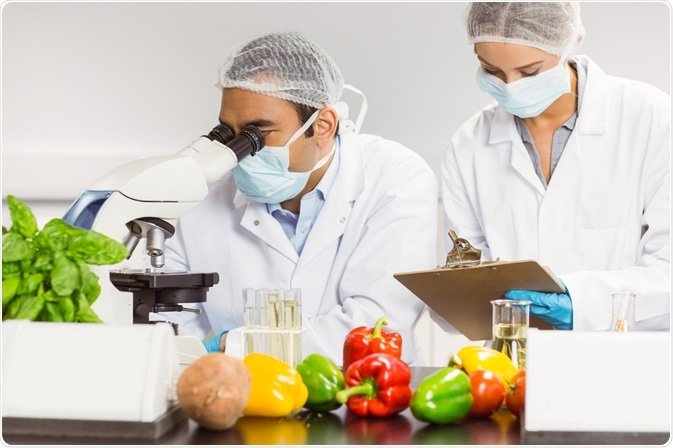Inside BENEO’s new pulse plant: pioneering sustainable protein from faba beans
Scientists look to study components of foods with advanced microscopy
Researchers from Denmark and Germany conducted a series of experiments relating food microstructure and rheology, the study of how soft solids and some liquids deform, to texture. In the study, they used coherent anti-Stokes Raman scattering (CARS) microscopy to relate the molecular makeup of the fat in foods with the rheological and mechanical properties of the food.
The foods in question were foie gras (a specialty food product made of the liver of a duck or goose) and pâté (a food that is made by making meat, fish or vegetables into a smooth, thick mixture).
Both deriving from duck livers, the two dishes are similar enough in overall structure, and their differing fat distribution provided a window into how fat affects texture. For instance, the fat in foie gras had arranged into an irregularly shaped, weakly linked fat network embedded in a protein matrix, which made its mouthfeel harder, more brittle, and more elastic than pâté’s.
The group now looks to study other components of foods with advanced microscopy, such as protein arrangement, and see if they can use their findings to create foods that mimic the texture of foie gras.

